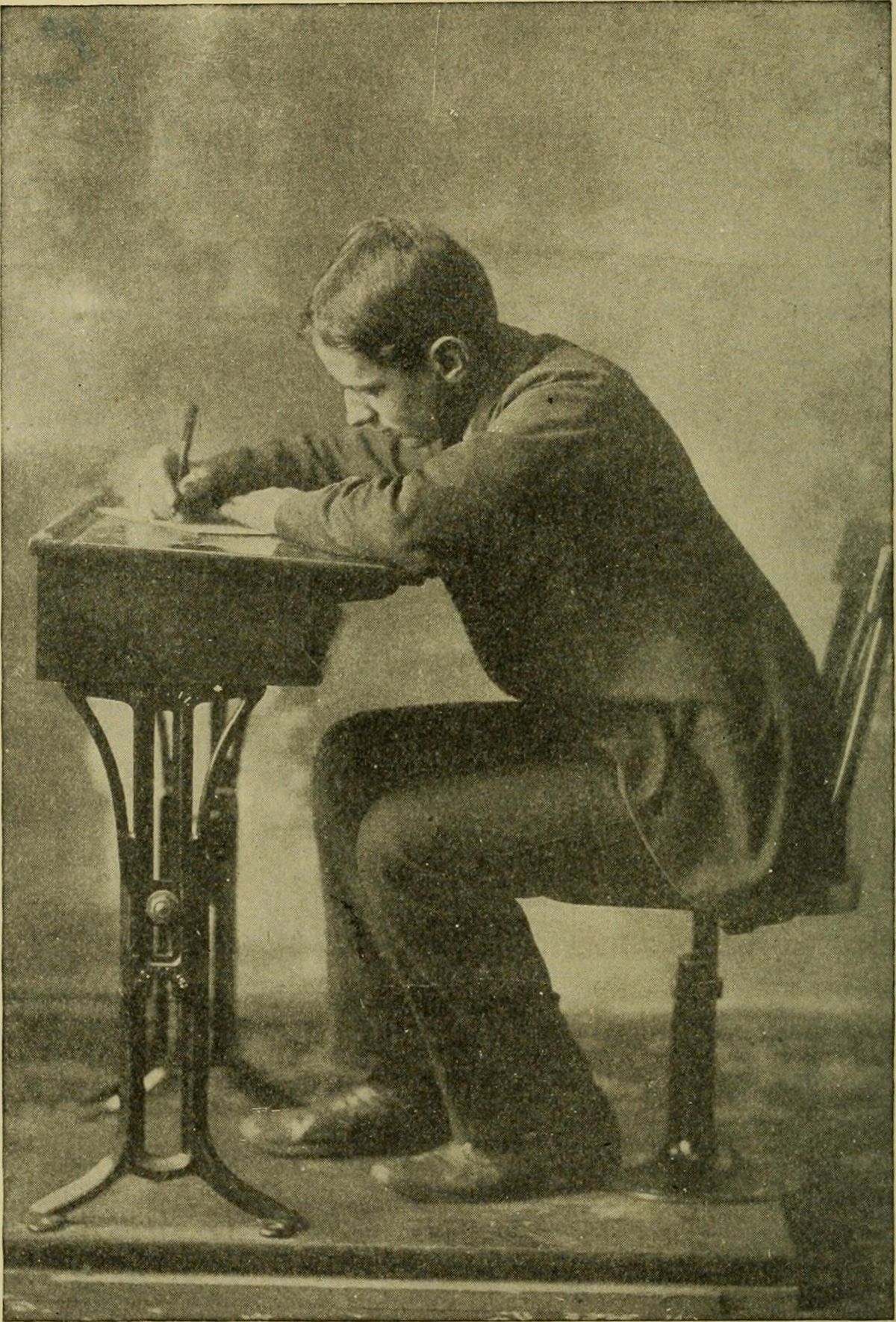
General Info about Restless Leg Syndrome
Restless leg syndrome is a neurological disorder that features with throbbing, pulling, creeping and several more uncomfortable sensations in the legs. The person feels uncontrollable and has an overwhelming need to move his/her legs. The problems predominantly occur during night and may significantly affect sleep. The symptoms also increase when the person is resting. The person fights discomfort by moving his/her legs. The sensations may vary in intensity and while some people complain about mild discomfort that can be tolerated others have to deal with quite irritating or even painful sensations.
Since the disorder makes it difficult for an affected person to fall and stay asleep people suffering from restless leg syndrome usually feel exhausted and suffer from daytime fatigue. Many of them admit that a whole range of their activities connected with their job, personal relations as well as simple every day activities are affected by sleep deprivation resulting from the restless leg syndrome. Such people are unable to concentrate, have impaired memory and they cannot accomplish all the tasks they need to. It is no wonder that many patients suffering from this syndrome eventually become depressive.
Restless Leg Syndrome in Children
Restless leg syndrome in children is commonly associated with attention-deficit hyperactivity disorder. The condition may also occur together with periodic limb movement disorder.
Such children have specific behavioral changes. They are usually offensive, absent-minded, cannot be controlled easily and suffer from sleeping problems. Additional symptoms include different pains and aches, problems with breathing and depression. Due to the mentioned symptoms and signs some may think that a child is actually suffering from certain psychiatric disorders. This is a reason why condition can be misdiagnosed.
Typical characteristic of restless leg syndrome in children is a problem with falling asleep that lingers for a longer period of time. The condition is more likely to occur if there are additional cases of restless leg syndrome in the family. Such children are usually nervous and anxious. In majority of cases restless leg syndrome in children develops as a consequence of iron deficiency. The disorder affects more children with genetic predisposition.
Treatment for restless leg syndrome in children includes lifestyle changes, regular exercise program, regular sleeping patterns and in some cases medications. One may benefit from leg massage as well. There are different medications that may be prescribed. Some of them are antidepressants, selective serotonin reuptake inhibitors, sedating antihistamines and dopamine receptor antagonists. Some doctors also prescribe dopamine agonists, benzodiazepines and alpha-adrenergic. In the case the disorder is associated with iron deficiency the child is treated with supplements and dietary changes. And finally, it is essential to establish a routine when it comes to sleep. The child must stick to the sleeping plan.


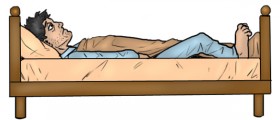

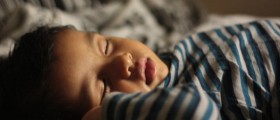

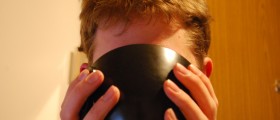
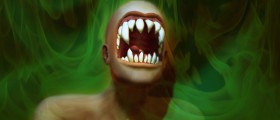

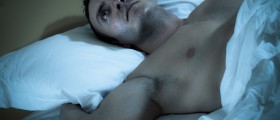
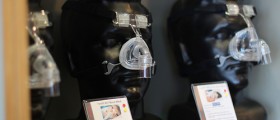
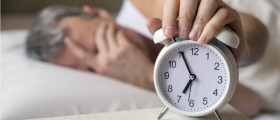





Your thoughts on this
Loading...